"...Although hats are now worn even in Paris, the former [bonnets] are still preferred for vists of ceremony, concerts, &c., even at the sea-side."
 |
| Godey's, June 1860 |
This is a basic introduction to a vast topic. For examples of women's hats, see
this post.
In general terms, I tend to divide women's bonnets and similar garments into "hard" and "soft" categories. The later includes structured bonnets of buckram, straw, cane, etc., often fashionably shaped and decorated, while the latter includes various unstructured fabric and knit garments such as sunbonnets and hoods. Though I call them "unstructured", these still may have quilting, cording, pasteboard/paper slats, or other stiffening agents, particularly around the brim. Indoor attire (including caps and adornments such as nets or wreaths) will be dealt with separately.
Hard and "Fashion" Bonnets
These change shape throughout the war years; generally speaking, the low, round-brimmed bonnets of the '50s start rising above the forehead and narrowing along the cheeks, forming the "spoon" bonnet of the early '60s. This peaks, pun intended, around 1863-4, and fashionable bonnets branch off in two radically different directions during 1865: the Empire bonnet with a variety of brim shapes and a solid crown, and the small, crown-less, almost-triangular fanchon bonnet, which anticipates the tiny hats and bonnets of the '70s.
What went before:
Bonnets of the '40s tended to have long, straight brims (parallel to the ground, little/no flaring) which extend past the face. Decoration is heavy on the outside of the brim, with perhaps some token ruffles around the face. The fashionable face shape tends to "long", and the bonnets reflect that. This is also the last time fashionable bonnets really shade the face.
In reaction, bonnets of the '50s retreat back, exposing the face and hair. Some even appear to be falling off the back of the head.The brim shape gets rounder over the cheeks and sits low over the head, emulating the fashionable round face. To fill the space, lace and floral trimming appears under the brim, particularly along the sides of the face. This shape reaches its zenith in the mid-'50s, after which the brim lengthens and begins to climb.
 |
| Straw bonnet, 1855 |
1860: Bonnets still sit back from the face, though the brims rise slightly higher than before. Under-brim decoration, where present, still concentrates at the sides or extends all around the face. Exterior trim is low on the brim, near the crown.
1861: Brims are rising, interior trim is starting to move from along the cheek to above the forehead, and exterior trim may be all over the bonnet.
 |
| Straw bonnets, Godey's, March 1861 |
 |
| Godey's, November 1861 |
1862: Brims continue to grow upward, allowing for larger quantities of trim above the forehead, while narrowing sides reduce the amount along the cheek. Exterior trim is commonly placed high on the brim as well. Curtains slowly shrinking.
 |
| Bonnets in Der Bazar, April 1862 |
1863: Tall brims are still in, curtains shrink noticeably. Trim is lavished on the brim and curtains, and though not exclusive, continues to emphasize the height of the brim. "Marie Stuart" bonnets, with the brim dipping inward at the center top, are written about, but rarely pictured.
 |
| Bonnets from La Mode Parisiennes, 1863 |
 |
| Godey's, November 1863 |
1864: The "spoon bonnet" reaches its high-water-mark, and begins to implode. Curtains are shorter than ever, and some bonnets are made with soft, unstructured crowns. Trim focuses on the high brims, but may also cascade down over the exterior of the bonnet.
 |
| High "spoon" bonnets in Godey's, Jan 1864 |
 |
| Godey's, Feb. 1864; a soft crown bonnet (left) |
1865: Two rival bonnet forms come into play: the 'fanchon', or 'half-handkerchief', which allows plenty of room for elaborate hairstyles; and the 'Empire bonnet', which, along with higher-waisted bodices and narrower skirts, celebrates the Second French Empire by evoking the styles of the first. Both styles undergo rapid changes in shape during the year. Additional examples of 1865's evolving fanchon
are here.
 |
| Fanchons in Peterson's, January 1865 |
 |
| Empire bonnets, Peterson's, December 1865 |
 |
| Empire bonnet, Peterson's, September 1865 |
Soft Bonnets, Hoods, Capotes, etc.
These can vary from utilitarian articles to fashionable whimsies.
Hoods and 'capotes' may be worn to protect elaborate hairdos when travelling to formal events. Warm hoods of silk or wool--knit, wadded, or quilted--provide an insulating layer during the winter.
 |
| Opera hood from Godey's, Jan 1861 |
 |
| The Princess Capote, featured in Der Bazar and Peterson's, 1862 |
 |
| Spanish Opera Hood, Godey's, 1863 |
Corded, quilted, or slat sun-bonnets protect the face and neck from sunburn, and may be made of light, even sheer, material for comfort the heat.
Spanning between practical sun protection and fashion is the "capeline", a sort of drawn bonnet with a long curtain.
Veils
Bonnet veils can add sun/wind/bug protection over the face. These vary from simple affairs of gauzy fabric (wool, silk, even cotton) which fasten with buttons, ribbons, or pins, to elaborate confections of expensive net and lace. They were especially sought for travel, and also offered the wearer a certain privacy or anonymity--Mary Chestnut's diary mentions wearing them for travel, while in Dickens'
Bleak House, Lady Deadlock employs one to conceal her identity and Esther Summers wears veils to hide her smallpox scars. Other period sources recommend dark veils, particularly in green or blue, to protect one's eyes from the sun. The two most common shapes are half-circles and rectangles.
Mourning veils of black crape and long white wedding veils tend to be rectangular and much larger than ordinary bonnet veils.
References and Further Reading
See links under particular images for more information on a specific item or picture. Descriptions from the "Fashion Department" of
Godey's for a given year are also useful;
Peterson's is very amusing for the fanchon/empire split of 1865.
For additional research and images, search any of the
museum sites previously listed for "bonnet"; check out
The Graceful Lady's bonnet page; flip through
period magazines such as
Godey's Lady's Book, Peterson's (New Monthly) Magazine, Harper's Bazaar, Arthur's Home Magazine, Frank Leslie's Monthly,
Der Bazar (German), and
La Mode (French); also look to original CDVs, fashion plates, and
genre paintings. To train the eye on bonnet shapes, looking at
Timely Tresses' pre-made forms can help (no trimmings to obscure the lines).
Reproduction Bonnets and Patterns
For purchasing fashion bonnet forms and accessories, here are a few suppliers with good period designs:
Timely Tresses (bonnets, straw and buckram blanks, kits & supplies; hood and sunbonnet patterns)
A Milliner's Whimsy (straw forms)
Mrs. Parker's Millinery (bonnets, hats, and blanks)
The Dressmaker's Shop (patterns, supplies, straw forms)
I've previously collated some on-line instructions to make
soft bonnets and hoods.
For those desiring clearer instructions, Anna Worden Bauersmith has an inexpensive
hood pattern for sale.
Liz Clark's (very easy)
sunbonnet pattern can also be made up as a
tufted hood.


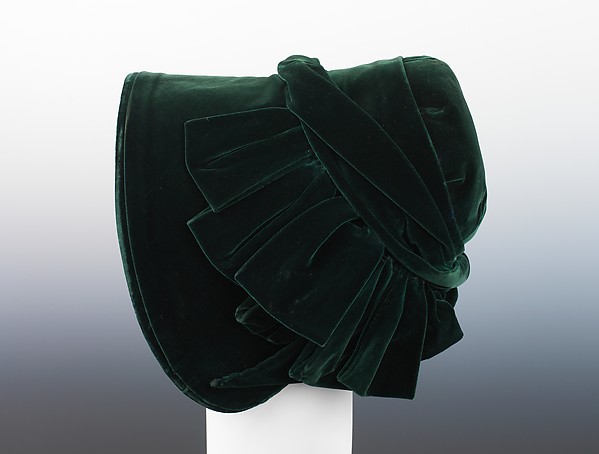
















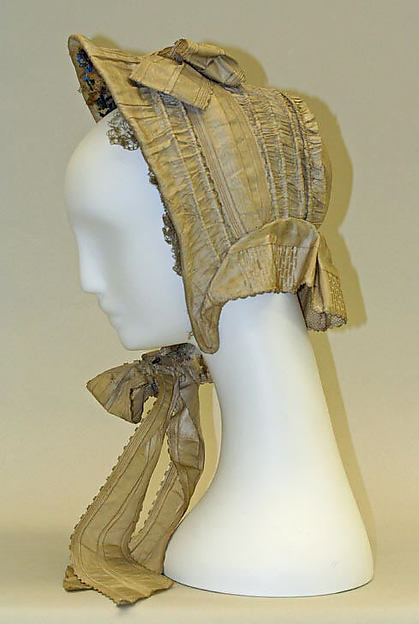
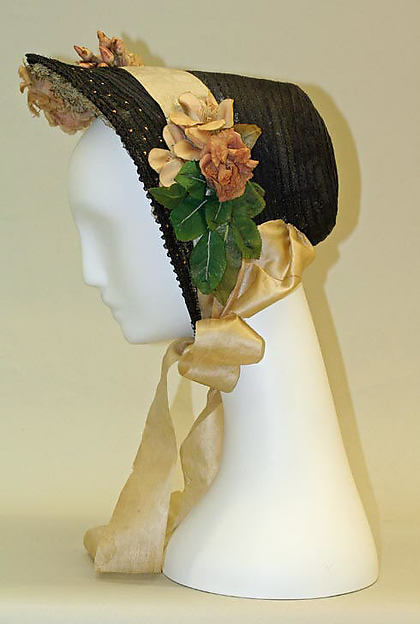
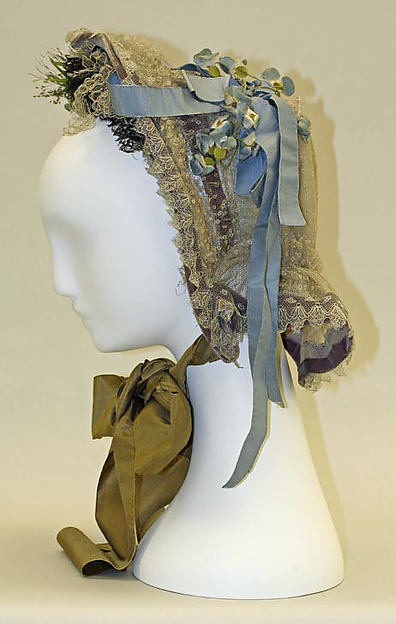



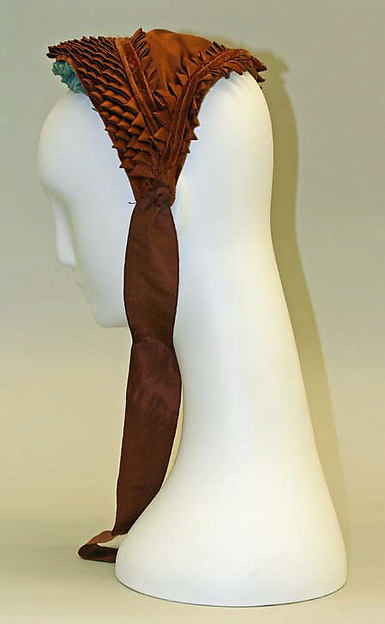



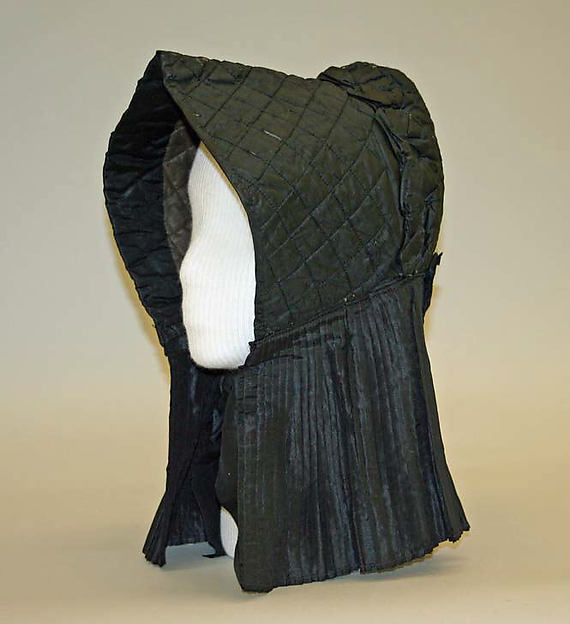




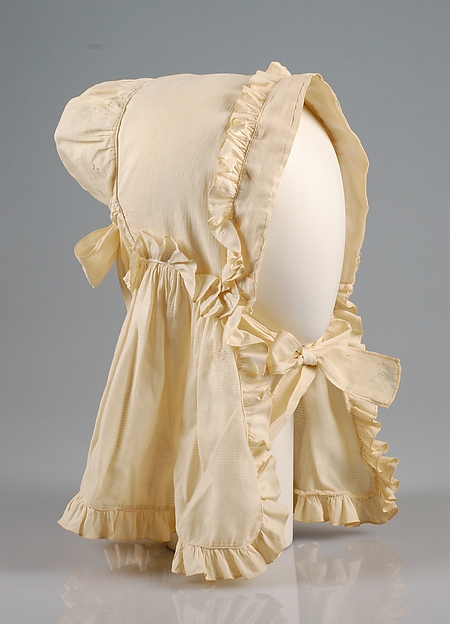
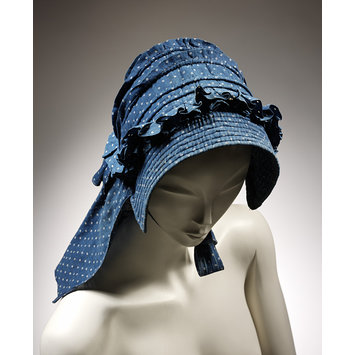

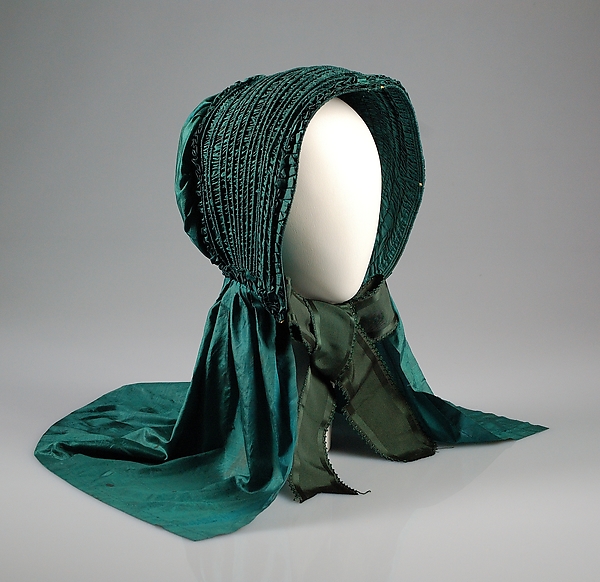

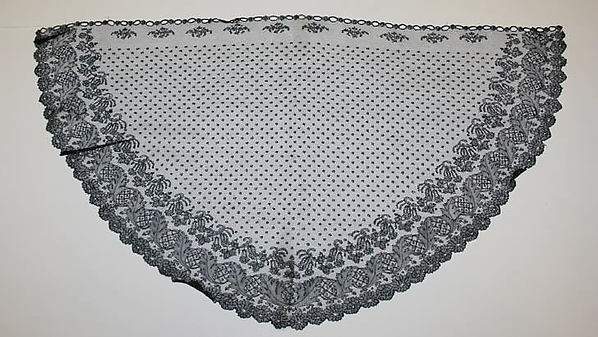

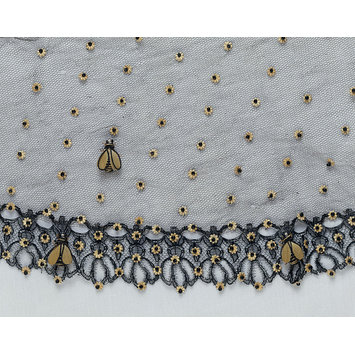
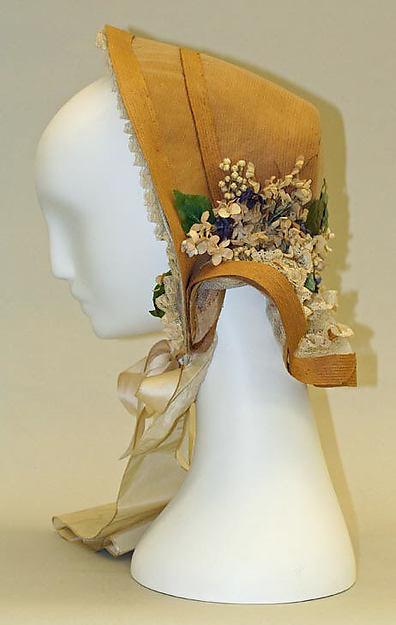
No comments:
Post a Comment